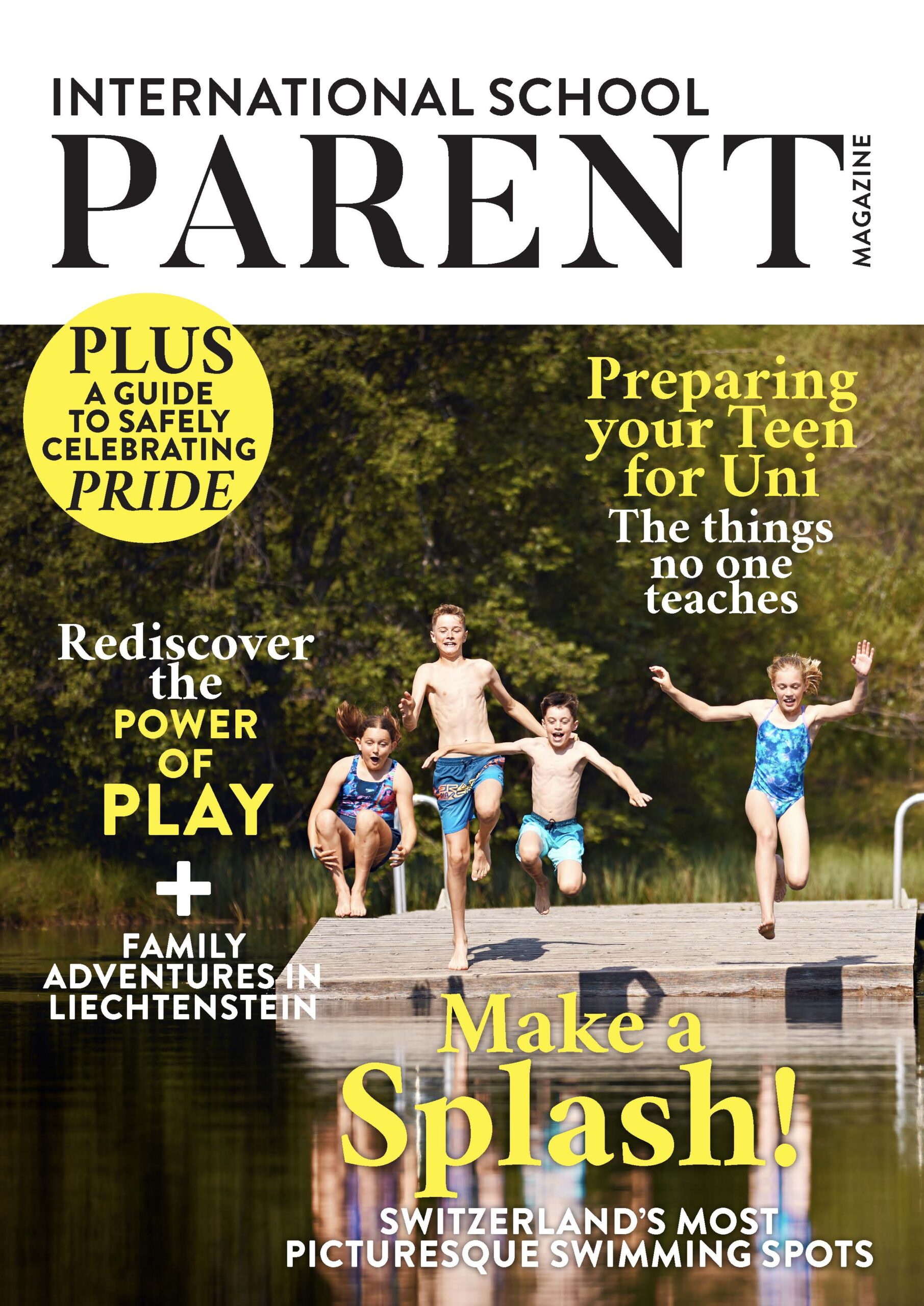The importance of personalising learning
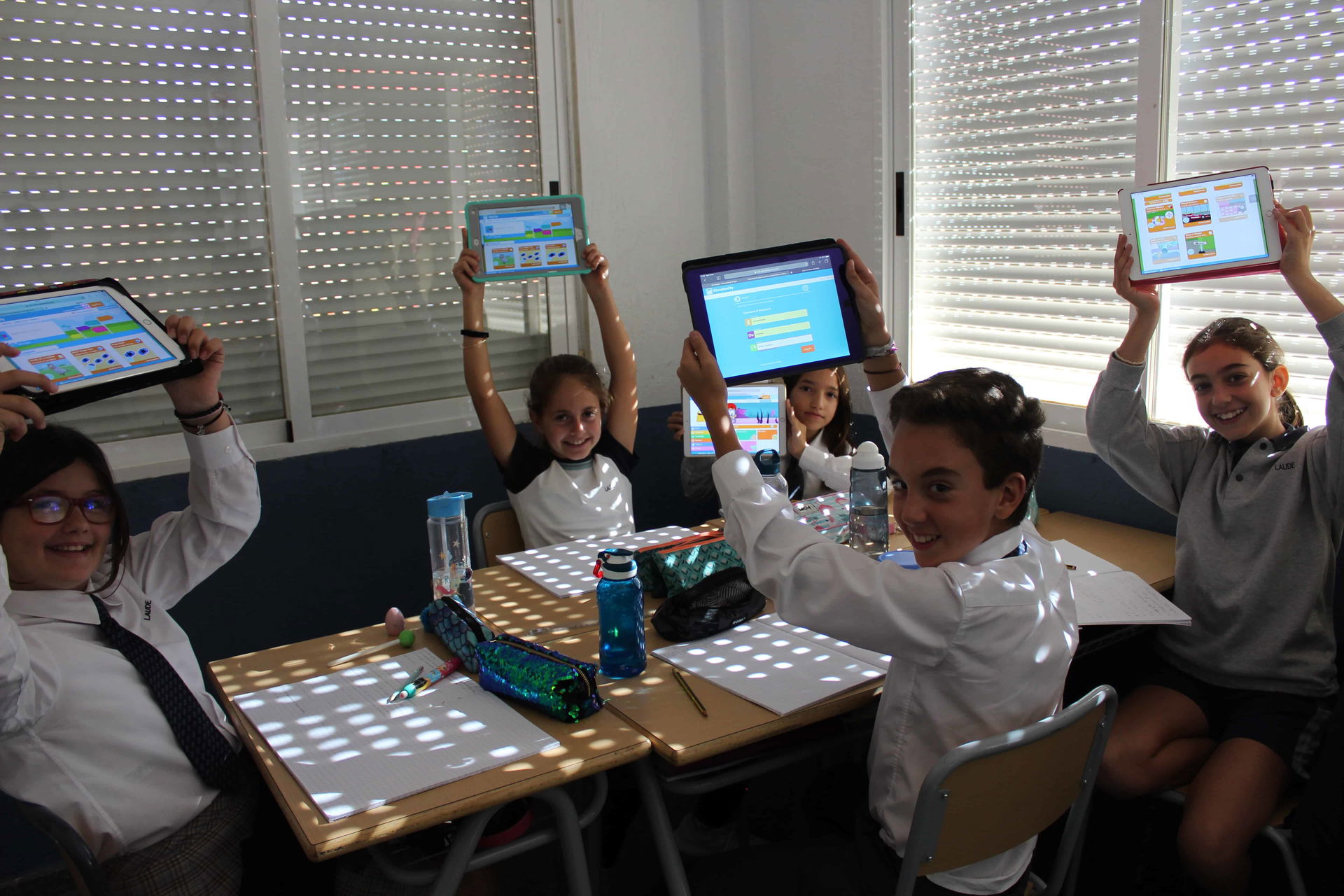
Every child is different; from their looks and personality to their characteristics and mannerisms, and this is no different when it comes to the classroom. Each student has a different learning style, with varying abilities, making it nigh-on impossible for teachers to create a personalised learning experience with a class full of 30 unique young people. However, with the constant evolution of technology and digital resources, this no longer needs to be a headache and ensures each and every child is able to reach their full potential.
Here, Gavin McLean, International Business Development Director at Edmentum International, explores the importance of personalising the learning pathway at school, and the role that technology can play in lesson delivery through to assessment data…
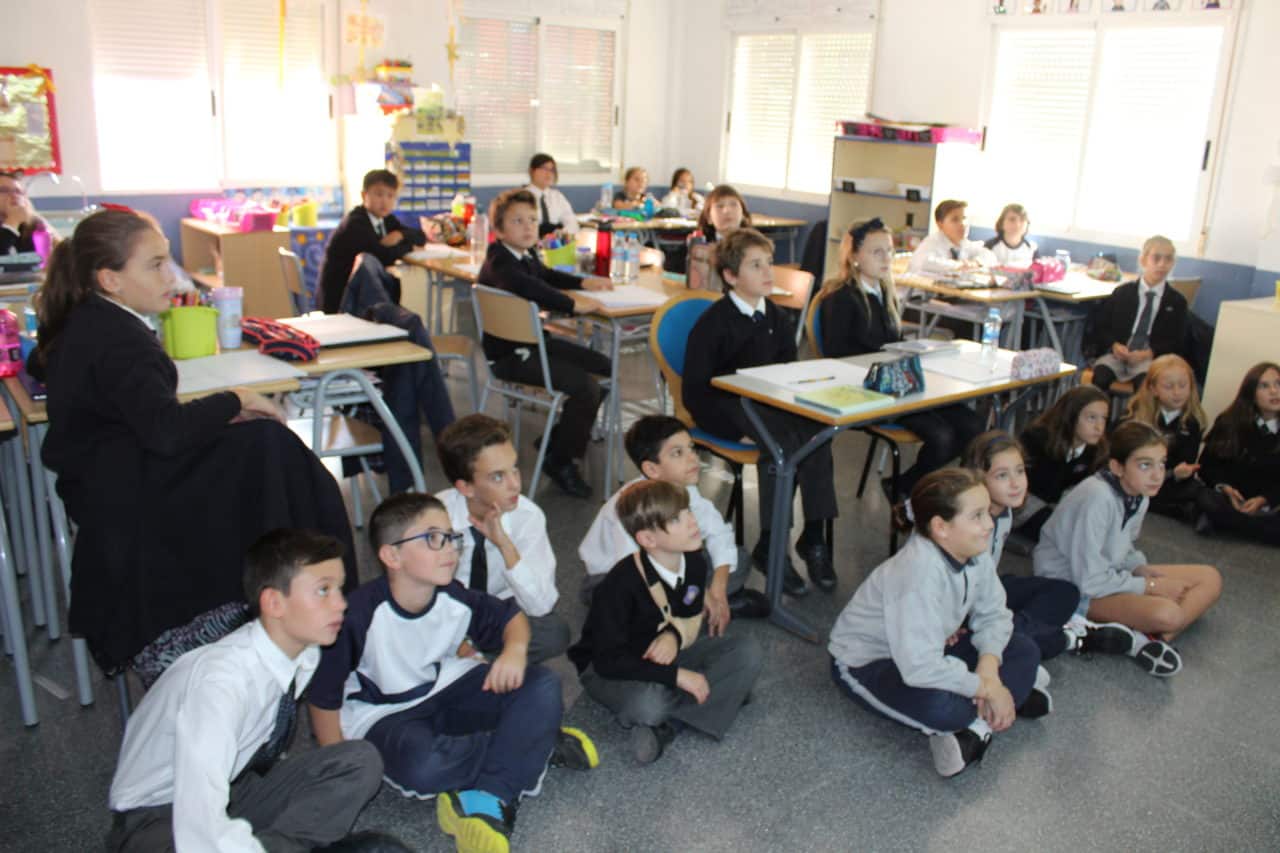
Gone are the days of a ‘one-size-fits-all’ education. Instead, personalised learning is an increasingly powerful way to transform teaching and learning. It provides teachers with an opportunity to tailor education to every child, no matter their ability or level. This means that learning can progress at the speed of each individual, while encouraging them to take ownership of their educational journey and set realistic goals to work towards, in order to develop skills and raise achievement.
Every parent and teacher want their children to succeed; both at school and in the future. In order to make sure that this happens, personalised learning is key. This way of learning stops students from feeling like they’re being compared to peers or that they’re falling behind in classroom subjects and instead, ensures that they are learning in a way that engages, motivates, and inspires them as individuals.
So, what can schools do to differentiate content in order to help students succeed?
Starting from the bottom
To help develop the right lesson plans and curriculum design, assessment data is key. Schools should use this data to identify students’ strengths and areas for improvement, to help inform whether they need to fast forward, slow down or delve deeper into concepts and topics.
At the beginning of the year, teachers should look at using benchmarks or diagnostic assessments to gather as much accurate information to inform their next steps for personalising the learning journey for each student. It’s important to make sure that the method chosen by the teacher or school is supported by research that cements its ability to accurately measure and portray student performance.
The availability of this data allows teachers to assess the varying levels of the class and plan the goals and pathways for each student.

Setting student goals
It’s important for schools to involve their students when it comes to setting goals. It’s no good defining targets and aims without helping students figure out what they want those goals to be, and equally, what support needs to be put in place to ensure they are realistic and achievable.
Both parents and teachers can sit with children and get them to consider things like: what do you believe are your strengths and weaknesses, what areas do you want to improve, what are your personal and career goals, and what do you want to achieve both in the short- and long-term?
Having this conversation early on will help students understand what they need to do in order to achieve their goals, as well as having a deeper appreciation for the purpose of what they’re learning and why it’s an important part of their development.
Understanding students’ preferences
In order to differentiate material, it’s important to consider what kind of learner each student is: do they learn through visual props; does recall help them retain information; do they like to draw or make notes; or will they learn best through role-play and hands-on activities?
Taking the time to understand what makes them curious, passionate, and motivated to learn will mean you get the best from students. It might seem like a laborious task, but it’s well worth the effort. This not only benefits each student’s learning experience but will also help teachers – and parents – become more focused educators, with deeper knowledge and insight that will help them encourage students to internalise their own needs and work out what they need to do in order to achieve their goals and perform to the best of their ability.

Linking to the real-world
As well as understanding the way each student works, it’s equally as important to get to know their passions, hobbies and interests and then weave these into learning, both in the classroom and at home. This will help to make connections to what they’re learning as well as the things that matter to them. For example, if students are interested in animals, then teachers could spend a science or geography lesson exploring habitats and ask them to design a solution to aid the conservation of endangered species and geographical landscapes. Tasks can then be tailored to cater for different needs, for example, ask some to present to the class, get others to build robots or scenes to demonstrate their solution, while others could write up a recommendations report using research to form their ideas and outcomes.
Throughout this process of getting to know students and their interests, ask them questions connected to their school work, home life as well as them as an individual. Consider things like:
- What is your favourite subject?
- What aspects of your science lesson did you enjoy?
- What do you find most engaging about your lessons?
- What do you expect from teachers?
- What do you like to do at home or with friends?
- What interests you and what do you want to learn more about?
Gathering all of this information will be essential in developing and tailoring learning, meaning that teachers not only get the best from students, but are able to understand what makes them tick, and what is going to inspire them to deliver great results and outcomes and achieve the goals set at the start of the year.
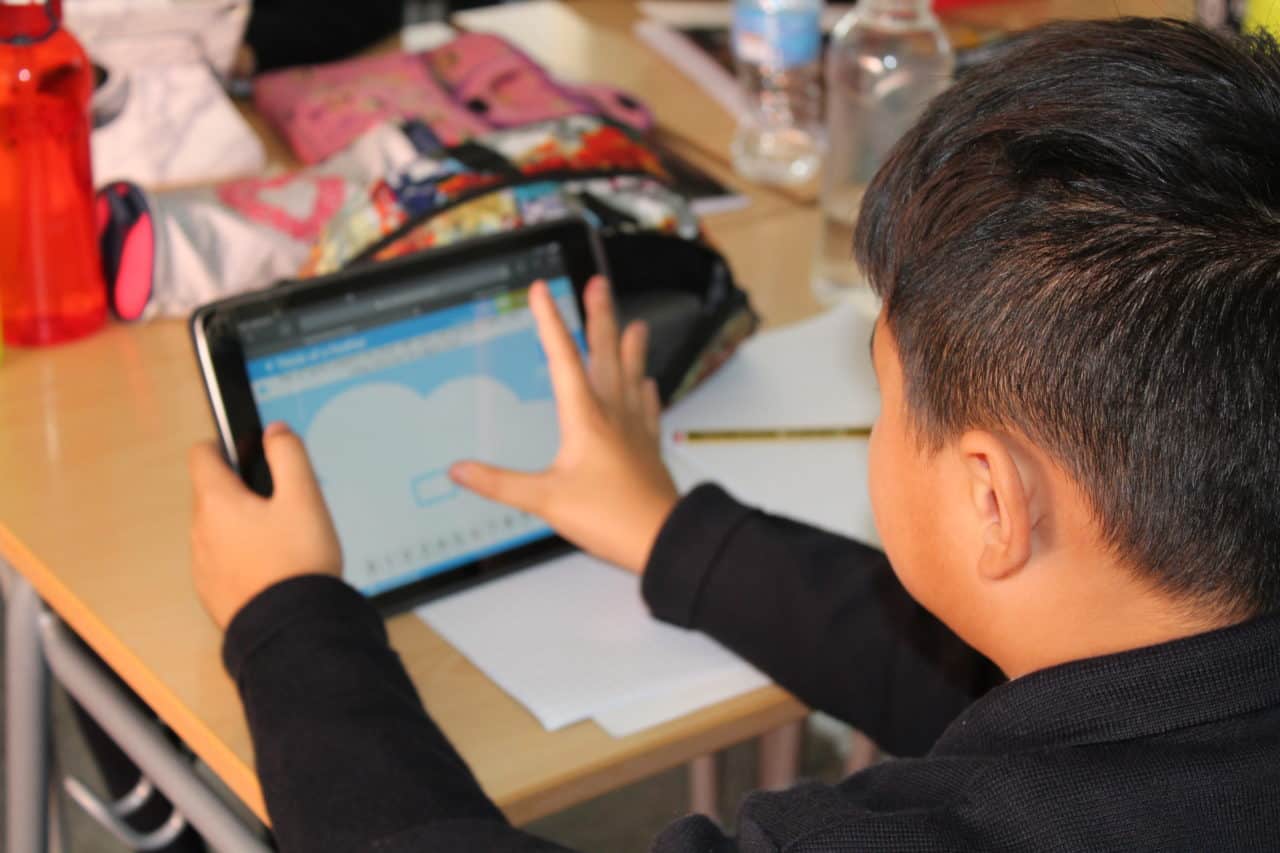
Tracking and supporting progress
It’s important that parents and teachers check in with students to ensure they are building skills and performing at the right level. Therefore, tracking progress throughout the year will mean that achievement can be praised, further support and interventions can be actioned if necessary, and students can begin to take ownership of their own performance. After all, research has found that students who monitor their own progress are more likely to make greater efforts in reaching their end goals.
There are plenty of resources out there for schools to use in order to track and manage this data. For example, using an online management system will allow teachers, students and parents to quickly and easily access reports, instantly update data and clearly see the progress being made throughout the year.
Students should also be encouraged to work out any specific gaps in their own progress and if necessary, refine their areas of focus to align with their overall learning goals. Rather than the teacher simply telling them what these should be, getting them involved in the process will give them an active role in their education and empower them to identify the steps they need to take to ensure a successful outcome.
One measure of teaching success is in the ability to help students become lifelong, self-sufficient learners. In order to achieve this, teachers need to make sure there is ongoing support and conversations being had with students. Having one-to-one sessions with students can be an effective way of gathering and providing feedback, a chance to get more detail on their likes, interests and aspirations as well as identifying the gaps in their learning and what additional support can be provided. It’s also a good opportunity to assess the learning goals that have been set for each student and talk about whether they need to be tweaked, changed or expanded to make sure they’re realistically achievable. Doing this will help keep students motivated and encourage further responsibility and ownership of their learning.
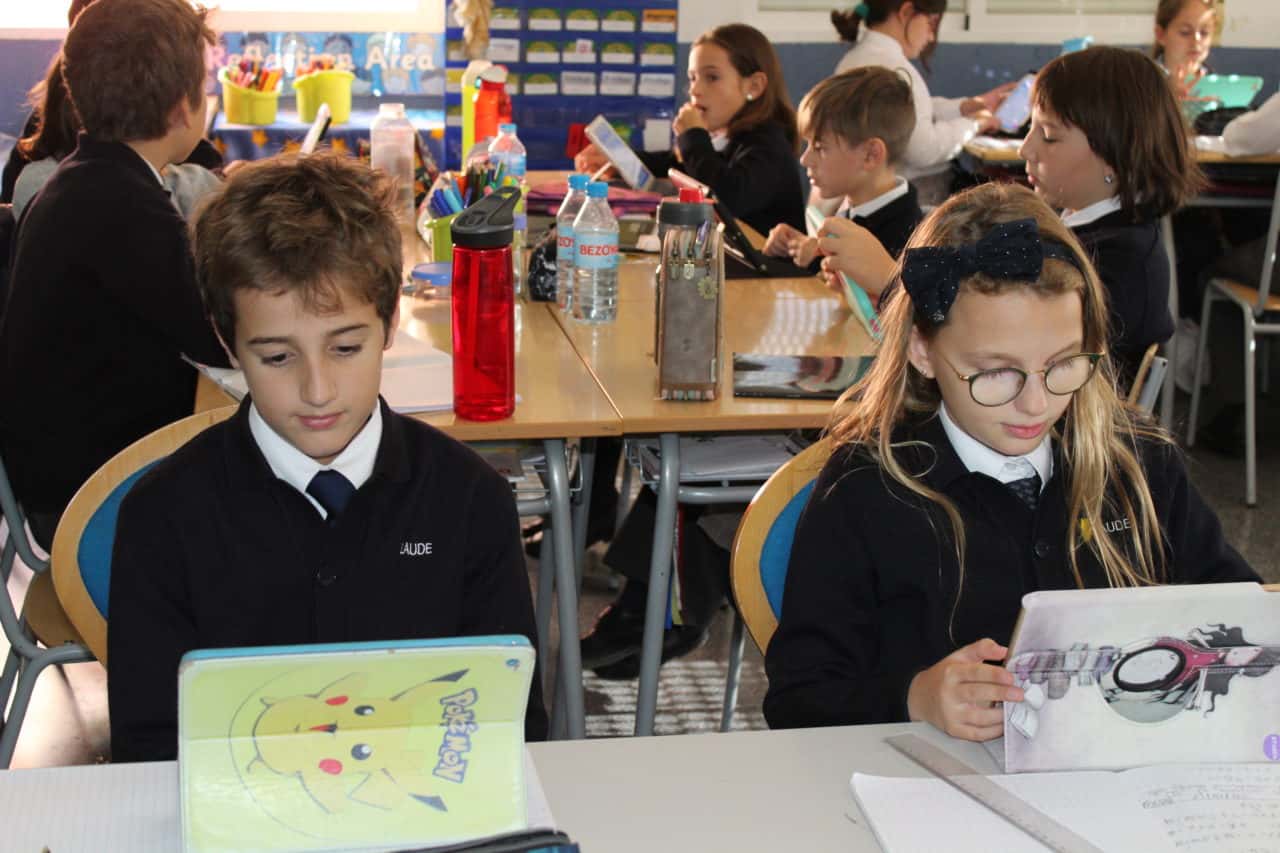
Sharing data and success
Capturing data throughout the year will allow teachers to build up a profile of each student and demonstrate the progress being made over time. These profiles can then be shared with various different audiences, including teachers, parents, students and administrators so it’s important to establish what information to input. For example, parents will want to see the scope of learning throughout the year, whereas for teachers in the next grade level, it will be important to see samples of the students work. Having these profiles will mean that all audiences can track students’ progress and wider stakeholders can understand how they can play an active part in the overall education journey, helping students to reach their full potential.
Whatever level, ability, interest or skill, it’s important to create successful student outcomes wherever learning is occurring. Personalised learning gives teachers the power to deliver meaningful and effective lessons that students will engage with, and there are a variety of resources available to create and disseminate differentiated content and personalised learning plans, in a way that doesn’t impact ever-increasing workloads.
For more information and top tips, visit: www.edmentuminternational.com/blog
About the author:
Gavin McLean has over 25 years’ experience in global strategy, business development, digital transformation, brand curation and go-to-market planning and implementation across the complete value chain of international learning.
He has held a range of senior positions with major international education companies including Macmillan Education, Cengage and National Geographic Learning. He has also worked across K-12, college, academic and research as a consultant for both private- and public-sector clients.
He has particular expertise in curriculum reform and capacity-building projects in developing countries around the world, including across Europe, the Middle East, Asia and South America. In this capacity, he has also been an advocate for universal access to education and provision for students in the public sector.
